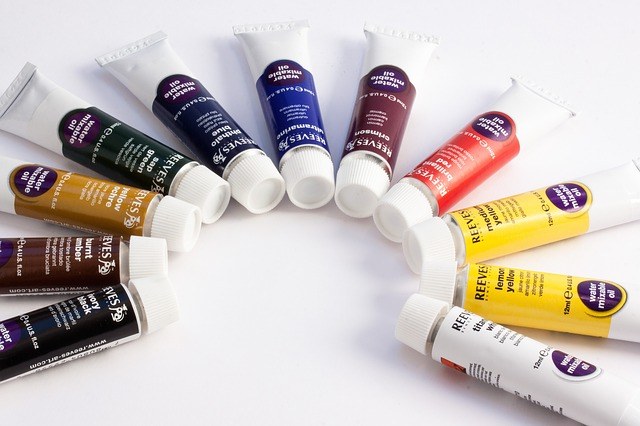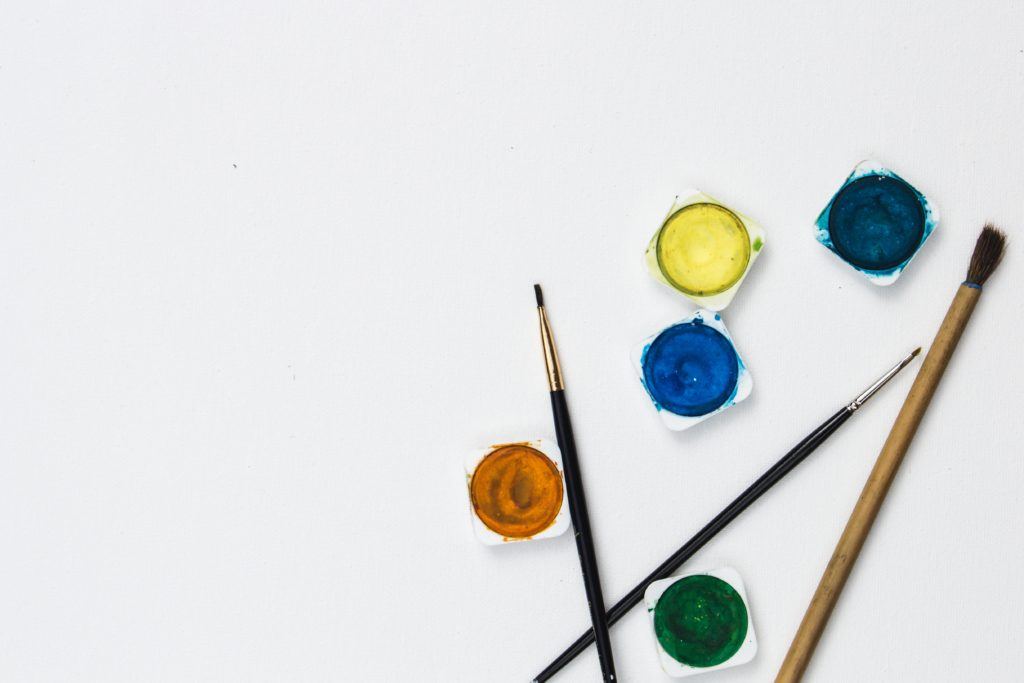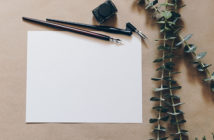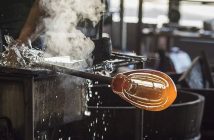Brown is such a beautiful color. It’s the color of rich earth and beautiful skin; the color of life and growth as well as lush, thriving woodlands.
Interior designers use brown to make a space warm and inviting; artists use brown to add luster to scenes and paint skin in various beautiful shades; and carpenters do all they can to preserve the natural, warm hues of their wooden creations.
Creating brown that doesn’t look like mud and murky river water (a gross visual, but an apt one) takes a bit of finesse. It isn’t quite as simple as throwing every color you can find into a bucket and mixing it up – though little kids seem to think so!
It requires understanding the complementing colors needed to make the right shade of brown, which lowers the risk of wasting paint; always a plus, especially if you are using precious oil paints or pricy watercolors!
Learning how to make brown paint will mean improving your color palette and diversifying your artistic skills. Experimentation with paint is always fun anyway!
So, here is what you will need:
- A clean, smooth palette.
- Palette knife.
- Paintbrush.
- Water for cleaning brushes.
- A towel to mop up excess water after cleaning.
- Paper for testing mixed paint.
- Paint in blue, yellow, red, and white.
Let’s start by making a starter brown.
Contents
Starter Brown
What colors make brown? You might not think so by looking at them, but blue, red, and yellow mixed together creates brown! Try it out for yourself.
On your palette, place three equal dollops of blue, yellow, and red. Using the palette knife, start mixing everything together until the colors are united into a solid brown. A knife is better for mixing over a brush, as the knife will cause less paint to be wasted, although they only work well on flat, clean surfaces.
Changing the shade of brown is simple. Add white to lighten the brown, or black to darken it. If you want a super pale brown, then it may be easier to add a bit of your brown mixture to a larger splash of white paint!
Tip: It is easier to darken paint you made too light than it is to lighten paint you made too dark. When creating dark shades, add a tiny amount of black at a time.
Starter brown is a great way to make a basic color that can be adjusted for most paintings. Changing the hue is pretty simple; add a bit of blue for a cooler brown, or some red for a warmer brown.
Creating the exact shade of brown that you need for your painting can hugely benefit from grabbing yourself a standard classroom color wheel. You can even get them on your phone now!
Color Wheels: Primary, Secondary, and Tertiary Colors
Color wheels have colors split into three categories; primary, secondary, and tertiary colors.
Primary colors are red, blue, and yellow. Secondary colors are orange, purple, and green. Tertiary colors are everything else. Learning how to make brown colored paint will be easier with one of these wheels around!
Skin tones will really benefit from you experimenting with different hues of brown, as you will be able to paint a diverse range of people and add lots of life to their portraits. Adding blue can help you create a somber, cool tone, while adding yellow or orange can create a warm hue to the painting.
Tip: Painting is all about tricking the eye into seeing light and shadow where there is none. Using different shades of the same base brown can be a simple way to introduce values into an image.
A good way to use the wheel is to judge what colors you want to blend together. The wheel also neatly divides the cool colors from the warm ones, so it can be a handy guide to keep close by when you are a little stuck with how to make a particular shade.
Now, let’s take a closer look!
Complementary Brown Paint Colors
What two colors make brown? Well… Various shades of brown can be made by mixing the complementary colors on the color wheel together – the colors that are directly opposite to each other on the wheel, such as red and green, blue and orange, and yellow and purple.
These will create shades of brown that are slightly easier to adjust to warm or cool tones, but it takes a bit of tweaking to get the right shade.
It can be really fun to experiment with color blends – just be sure to write it down with the self-made-guide below!
Cool Browns
Cool browns are great for painting shaded areas of scenes and creating cold, dreary moods within a picture. They can also be good for adding depth to skin and hair, or for helping flesh out wooded or underwater scenes.
Interior designers might use cool browns upon a feature wall to create a soothing, calm atmosphere for the room.
Creating a cool brown requires the addition of blue, green, or dark purple, so you can create the starter brown and add more blue, or pop in a bit of green or purple for emphasis.
Cool browns can also be created by using the complementary colors method and adding more of the cool colors. For example, if you were using yellow and purple, you would add more purple.
You could even go hog-wild and add a bit of blue or green. There is no written rule when it comes to art. If you find a method that works for you, that’s great!
Warm Browns
Warm browns are great for skin and hair highlights, adding light and warmth to scenes, and painting dry or arid nature scenes. They are also good for pale, soft pieces that need a light touch and browns that lean towards being pastel.
Creating a warm brown will require you adding less blue to the starter brown mix. It is easier to add a small bit of blue at a time until you have reached the desired shade of brown. Adding white can lighten the mix, but the color won’t become warmer unless you add more red or yellow.
By using the complementary method, and the example above, to create warm brown using yellow and purple, you would add more yellow. Mixing in a touch of orange can adjust the hue too. Pop on a touch of white and that mix will even out into a nice tan color.
Lots of interior designers may have wondered how to make tan paint, as it is a popular color used to paint living spaces and compliment warm, cozy environments with wooden furniture and carpets. Overall, when it comes to mixing colors, anything goes.
How to Make Brown Paint
How to Make Light Brown
Sometimes you need a light brown, and other times you want a lighter shade of the brown you are already working with. In this case, adding in white paint is the best method to lighten the specific shade of brown.
If you add more of the warm color used to make the brown, like red, it will change the hue of the brown itself – which is a perfectly fine method of creating lighter areas in a picture.
Adding light grey to the mix can lower the brightness of the brown, creating a pastel brown. It will dull the color, but sometimes that’s what you want, right?
How to Make Dark Brown
Lush forests are full of rich, earthy browns, and sometimes you need to color in shadowed areas to give depth to a painting.

Dark browns are made by adding more dark blues, dark greens, or dark purples. Of course, you could always add black, but do so gently and in small increments. It is difficult to adjust a puddle of paint if you’ve made it too murky.
Adding a dark grey will create an almost matte dark brown.
Make Your Own Paint Guide
A great practice to get into is making a color book full of the shades you have mixed up. This book acts like a library of shades, as you can reference the colors and percentages of those colors you mixed to create a particular brown.
This is a great practice for every color. Paint a swatch of each you create and write down what went into it.
You could even create a lovely sketchbook this way, doing color studies or life studies on one page, and scribbling down the different shades and what went into them on the other.
Aside from flexing your art muscles, this helps you determine the best way to make the shade of brown you need. Instead of making a base brown and then adding drops of blue and black to slowly darken the hue, you will know the exact amounts of primary color and black to mix up right off the bat.
Also, these sketchbooks prevent you from mixing paint on the canvas and making a mistake that will be hard to cover up!
Here’s a video showing how to mix brown paint with watercolors.
Conclusion
This guide has been all about how to make brown paint. There are all kinds of colors you can mash together to make different shades of brown, and tweaking the hue is as simple as changing the ratio of each color in the mix.
Grabbing yourself a color wheel, a basic set of color paints, and a sketchbook is a good first step to start expanding your color palette.
Art is all about experimentation. Who knows what you’ll create next?






